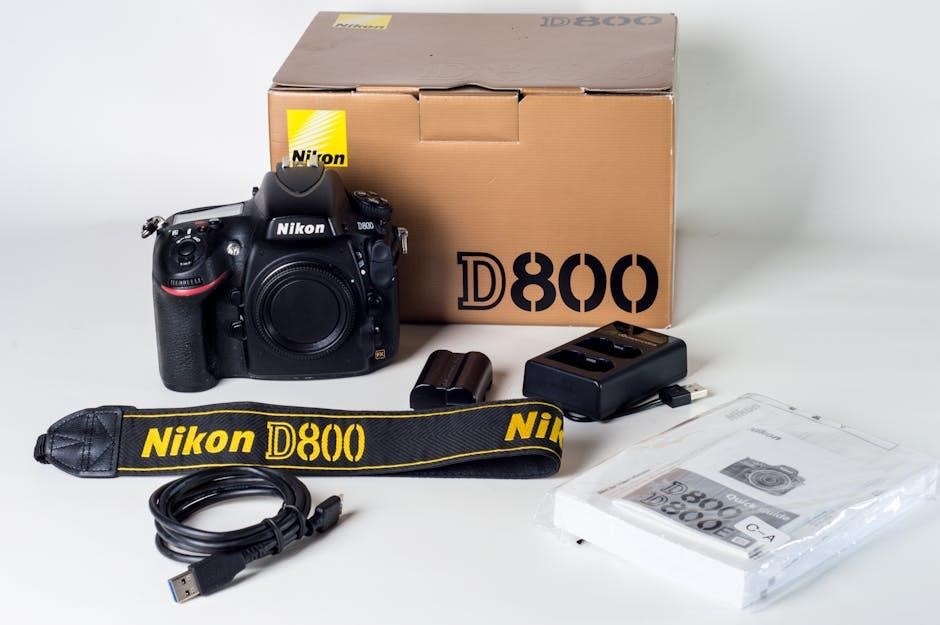Contour NEXT ONE User Manual: A Comprehensive Guide
Welcome to the comprehensive guide for your Contour NEXT ONE Blood Glucose Meter! This manual provides essential information for effectively managing your diabetes․ Learn about safety, operation, and troubleshooting for accurate blood sugar monitoring․
The Contour NEXT ONE Blood Glucose Meter is an innovative tool designed for easy and accurate self-testing, aiding both individuals and healthcare professionals in diabetes management․ This system allows users to monitor blood glucose levels effectively, offering precise results for informed decisions․
With the Contour NEXT ONE, users can leverage its intended use, warnings, and precautions, alongside key features of the meter, test strips, and control solution․ Its Bluetooth connectivity seamlessly integrates with the Contour Diabetes app, enabling data synchronization, analysis, and personalized reminders․ This meter and app combination helps simplify diabetes care․

Getting Started with Your Contour NEXT ONE
Ready to begin using your Contour NEXT ONE? This section guides you through the initial steps, ensuring a smooth setup․ Learn about the device overview and essential components․
Initial Setup and Device Overview
Before using your Contour NEXT ONE meter, familiarize yourself with its components․ The package includes the meter, lancing device, and test strips․ Ensure everything is present and undamaged․ Begin by inserting the batteries, following the polarity markings inside the battery compartment․ The meter will power on, displaying the initial setup screen․
Next, set the date and time accurately for proper data logging․ Use the meter’s buttons to navigate the menu and adjust the settings․ Once completed, the device overview will help you understand the screen display, button functions, and overall operation․
Understanding the Components: Meter, Test Strips, and Lancing Device
The Contour NEXT ONE system comprises three crucial components․ Firstly, the meter itself reads blood glucose levels from the test strip․ Secondly, Contour NEXT test strips are designed for single use and must be compatible with the meter․ Check the expiration date before use to ensure accurate readings․
Thirdly, the lancing device is used to obtain a small blood sample․ It uses lancets, which are sterile needles․ Adjust the lancing depth for comfortable blood sampling․ Proper handling and disposal of these components are essential for accurate and safe diabetes management․
Performing a Blood Glucose Test
Mastering the blood glucose test is crucial for diabetes management․ This section guides you through accurate testing with your Contour NEXT ONE, ensuring reliable results every time․
Step-by-Step Instructions for Accurate Readings
Achieving accurate blood glucose readings with your Contour NEXT ONE meter requires careful adherence to specific steps․ Begin by washing and drying your hands thoroughly․ Insert a Contour NEXT test strip into the meter; it will power on automatically․ Use the lancing device to obtain a small blood sample․ Gently touch the test strip to the blood droplet, allowing it to be drawn in․ The meter will display your blood glucose level within seconds․ Record your result in the Contour Diabetes app for tracking and analysis․ Proper technique ensures reliable results for effective diabetes management․ Remember to consult the full manual for detailed illustrations․
Using Control Solution for Quality Checks
Regular quality checks with control solution are crucial for ensuring the accuracy of your Contour NEXT ONE meter and test strips․ Control solution contains a known amount of glucose and verifies that your system is working correctly․ To perform a control test, insert a test strip․ Apply the control solution to the test strip instead of blood․ Compare the result displayed on the meter with the control range printed on the test strip vial․ If the result falls within the range, your system is functioning properly․ Consult the user manual for detailed instructions and troubleshooting if the result is outside the range․

Connecting to the Contour Diabetes App
Seamlessly connect your Contour NEXT ONE meter to the Contour Diabetes app via Bluetooth․ Unlock features such as data logging, analysis, and reminders for enhanced diabetes management and insights․
Bluetooth Pairing and Data Synchronization
To begin, ensure Bluetooth is enabled on your smartphone or tablet․ Open the Contour Diabetes app and follow the on-screen prompts to pair your Contour NEXT ONE meter․ The app will guide you through the pairing process, which usually involves pressing a button on the meter to initiate the connection․
Once paired, your blood glucose readings will automatically synchronize with the app․ This automatic data transfer eliminates the need for manual logging, saving you time and effort․ The app securely stores your data, allowing you to track trends and patterns over time․
Regular synchronization ensures your data is always up-to-date․
Utilizing App Features: Logging, Analysis, and Reminders
The Contour Diabetes app offers a suite of features to enhance your diabetes management․ Utilize the logging function to record meals, activities, and medication, providing a comprehensive view of your health․ The analysis tools generate insightful reports and charts, helping you identify trends and patterns in your blood glucose levels․
Set personalized reminders for testing, medication, and appointments, ensuring you stay on track with your diabetes care plan․ The app also allows you to share your data with your healthcare provider, facilitating informed discussions and treatment adjustments․ By using these features, you can actively participate in managing your diabetes․

Troubleshooting Common Issues
Encountering issues with your Contour NEXT ONE? This section addresses error messages, inaccurate readings, and general malfunctions․ Find solutions and guidance to resolve common problems and ensure accurate blood glucose monitoring․
Addressing Error Messages and Inaccurate Readings
When using the Contour NEXT ONE, you may encounter error messages or inaccurate readings․ Understanding these issues is crucial for effective diabetes management․ First, ensure that the test strips are not expired and are stored properly․ Check the control solution to guarantee the meter and strips are working correctly․
If you receive an error message, consult the user manual to identify the specific problem and the recommended solution․ Common errors include issues with the test strip, insufficient blood sample, or meter malfunction․ For inaccurate readings, repeat the test following the step-by-step instructions carefully․ If problems persist, contact customer support․
Maintenance and Care of Your Contour NEXT ONE Meter
Proper maintenance of your Contour NEXT ONE meter ensures accurate readings and prolongs its lifespan․ Regularly clean the meter with a soft, damp cloth, avoiding harsh chemicals or excessive moisture․ Store the meter in a cool, dry place, away from extreme temperatures and humidity․ Protect it from dust and direct sunlight․
Always keep the meter and test strips in their original packaging to maintain their integrity․ Handle the meter with care to prevent damage from drops or impacts․ Periodically check the battery level and replace it when necessary․ Following these guidelines will help you maintain your Contour NEXT ONE meter․

Safety Information and Precautions
Prioritize safety when using the Contour NEXT ONE․ Understand warnings, limitations, and proper disposal methods․ Follow guidelines to ensure accurate results and prevent potential hazards during blood glucose monitoring․
Important Warnings and Limitations
The Contour NEXT ONE blood glucose meter is intended for self-testing and professional use, but it has limitations․ It should not be used for diagnosing or screening diabetes․ Always consult your healthcare provider for diagnosis and treatment․ This meter is designed for in vitro diagnostic use only with specific Contour NEXT test strips․
Be aware of potential interferences that can affect accuracy․ Store test strips properly, away from heat and moisture․ Check the expiration date before use․ If you experience consistently inaccurate readings, contact customer support․ Remember, this device is a tool, and proper interpretation requires professional guidance․
Proper Disposal of Used Test Strips and Lancets
Safe disposal of used test strips and lancets is crucial to prevent accidental injuries and potential health hazards․ Used lancets are considered biohazardous waste and must be disposed of according to local regulations․ Never dispose of lancets directly into household trash․ Instead, use an approved sharps container designed for medical waste disposal․
If a sharps container isn’t readily available, use a puncture-resistant, tightly sealed container like a heavy-duty plastic bottle․ Label the container clearly as “Sharps Waste․” Contact your local waste management or health department for guidelines on proper sharps disposal in your area․ Test strips, while not as hazardous as lancets, should also be discarded responsibly․
